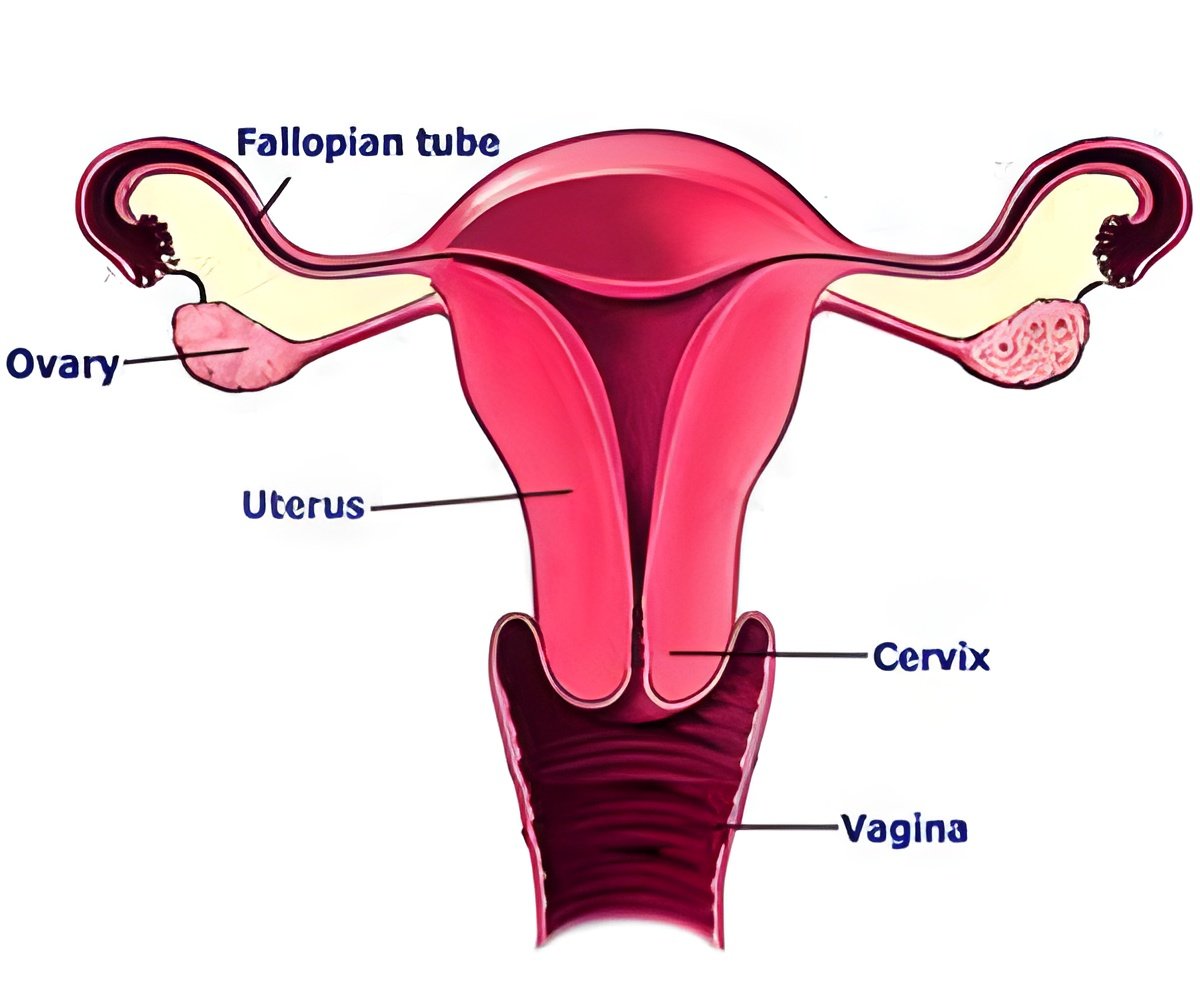
‘Hysterectomy has decreased among women in the U.S., as they are able to manage their symptoms and choose minimally invasive methods.’
Tweet it Now
The rate of hysterectomies in the U.S. decreased 12 percent between 2010 and 2013, from nearly 40 to 35 hysterectomies per 10,000 women, according to the study in the American Journal of Obstetrics & Gynecology. Meanwhile, laparoscopy, a minimally invasive procedure that also involves removing the uterus emerged as the most common surgical approach for hysterectomy over the same period (up from roughly 26 to 43 percent use).
Researchers also found that among patients with commercially based insurance who did get a hysterectomy, fewer were open surgery cases requiring an inpatient hospital stay saving nearly $52 million in health care costs.
"Our findings suggest that minimally invasive procedures and other alternatives are now more common than a traditional hysterectomy requiring a hospital stay," says lead author Daniel Morgan, M.D., professor in the Department of Obstetrics and Gynecology at the University of Michigan Medical School and Von Voigtlander Women’s Hospital.
"Hospitals have been reporting declines in hysterectomies for some time, but we wanted to learn how big the decrease was and the most common way hysterectomy is performed today. As more alternatives become available, more women seem to be choosing these other options."
Advertisement
Women with symptoms of these conditions may be turning to hormonal therapies, intrauterine devices, and other alternatives, Morgan says. More women may also be considering embolization therapy for fibroids and endometrial ablation (a procedure that destroys the uterine lining) for abnormal bleeding as a bridge to menopause.
Advertisement
Morgan notes that researchers were expecting large variances among states and were surprised to see the trend reflected everywhere.
"We found that hysterectomy use has significantly decreased in every state," Morgan says. "This suggests that the availability and efficiency of managing symptoms through other ways are widespread and not just in one state, region or hospital. Across the country, we appear to be seeing improvement in managing symptoms."
The findings also indicate a shift from inpatient to outpatient surgery. Inpatient rates of hysterectomy fell from nearly 27 to 15 per 10,000 women while outpatient rates jumped from about 13 to 20. Total payments for hysterectomy decreased 6.3 percent, from $823.4 million to $771.3 million.
Researchers analyzed hysterectomies between 2010 and 2013 identified in the Health Care Cost Institute, a national dataset with inpatient and outpatient private insurance claims for more than 25 million women and made available to U-M through IHPI.
Hysterectomy is the second most common surgery performed on reproductive-age women in the U.S., after cesarean section. More than 400,000 hysterectomies are performed in the U.S. each year with nearly 68 percent done for benign conditions that involve abnormal uterine bleeding, uterine fibroids, and endometriosis.
"As we face increasing health care costs, we are asked to consider the value of the procedures and services we provide. We found that while average reimbursement per hysterectomy case increased, overall payments are decreasing due to decreased utilization and dramatic differences in how hysterectomy is performed," Morgan says.
"We are seeing more women utilize treatment with lower complication rates that are also less expensive."
Source-Eurekalert













